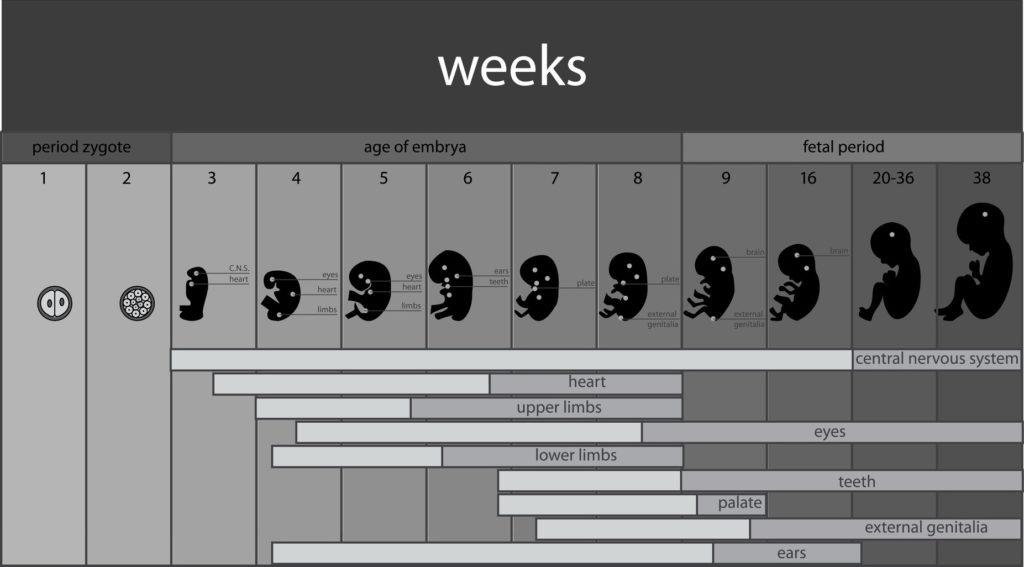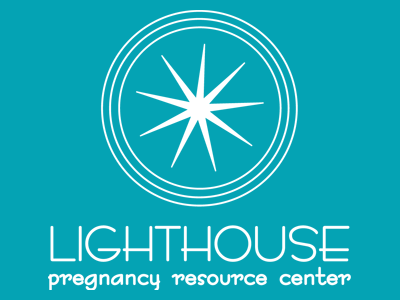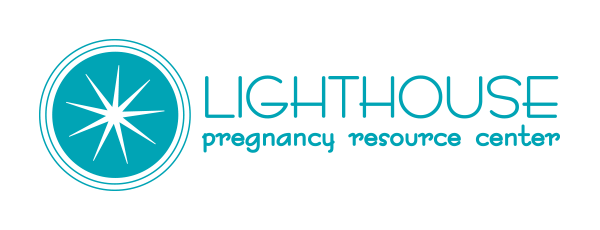Early Stages
The gestational age of the fetus is typically determined based on the first day of your last menstrual period (LMP). Fertilization age refers to how long it’s been since conception occurred. Fertilization takes place approximately 14 days after the onset of the last normal menstrual period.
Conception occurs when, during an act of sexual intercourse, a single sperm unites with the egg to form a unique and brand new human life. This tiny new cell is called a zygote. At the moment of conception, the chromosomes and genes from both parents combine to determine all the physical characteristics of the new life: sex, facial features, blood type, hair color, eyes and skin.
The fertilized egg stays in the fallopian tube for about 3 to 4 days, and is now called an embryo. His or her cells divide continuously while traveling down the fallopian tube before arriving at the uterus. The embryo begins to implant in the lining of the uterus around day 6. Once implantation occurs, hormones alert the mother’s body to nurture the pregnancy and prevent her monthly periods. Some women notice spotting (slight bleeding) around the time that implantation occurs.

Pregnancy is divided into three trimesters:
- The first trimester: week 1 to the end of week 12
- The second trimester: week 13 to the end of week 26
- The third trimester: week 27 to the end of the pregnancy
Pregnancy Milestones:
- The heart begins to beat just 21 days after fertilization, or 5 weeks after the mother’s last menstrual period.
- Week 6: The upper lip and nose are formed.
- Week 7: Eyelids are forming, along with the external ears.
- Week 8: Fingers and toes grow longer and become more distinct; lungs begin to develop.
- Week 9: Marks the beginning of the fetal period, and by the following week, the baby’s face has a human profile.
- At 10 weeks, for the first time during development, the brain can make the muscles move on purpose. Depending on gender, testicles or ovaries are forming, and have started to produce hormones like testosterone.
- At 16 weeks, the baby’s eyes can blink and the heart and blood vessels are fully formed. The baby’s fingers and toes have fingerprints.
- Between 18 and 20 weeks, fetal movement – commonly known as “quickening” – can usually be felt by the mother.
- By 20 weeks, the baby can suck a thumb, yawn, stretch and make faces.
- At 22 weeks, the baby is about 11 inches long and weighs about 1 pound.
- At 28 weeks, the baby is about 15 inches long and weighs about 2.5 pounds. The brain is developed enough to coordinate rhythmic breathing and regulate body temperature.
- At 34 weeks, the eyes are wide open, and if a light were shone into them, the pupils would constrict. The head is covered in hair, the fingernails have reached the tips of the fingers, and the toenails are close behind.
- At 40 weeks, the baby is about 20 inches long and may weigh 7 to 8 pounds. Typically, the baby is head-down in the mother’s pelvis, awaiting birth.
Check out this slide show to see a baby grow from conception through birth.
Sources:
- The Developing Human, Clinically Oriented Embryology by Dr. Keith L. Moore and others
- The First 9 Months booklet by Vicki L. Dihle, PA-C and Bradley G. Beck, M.D
- WebMD.com


